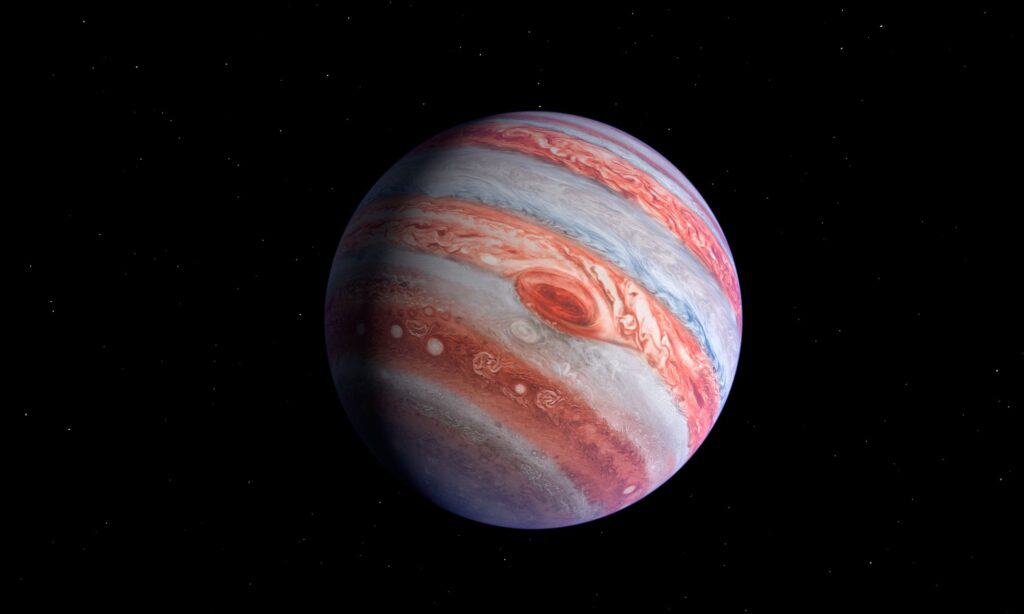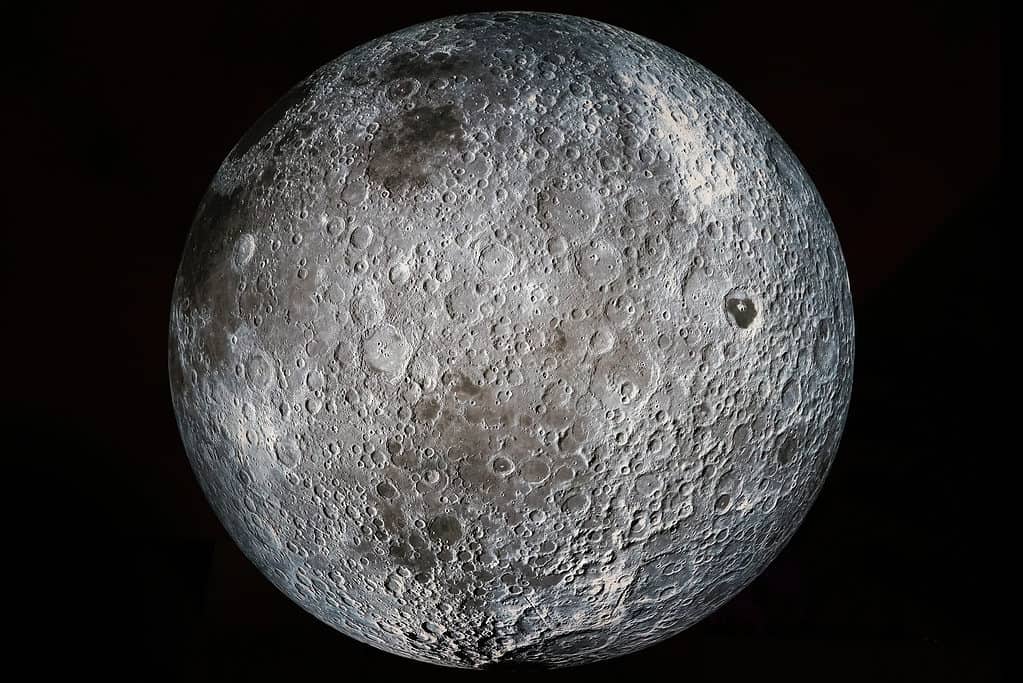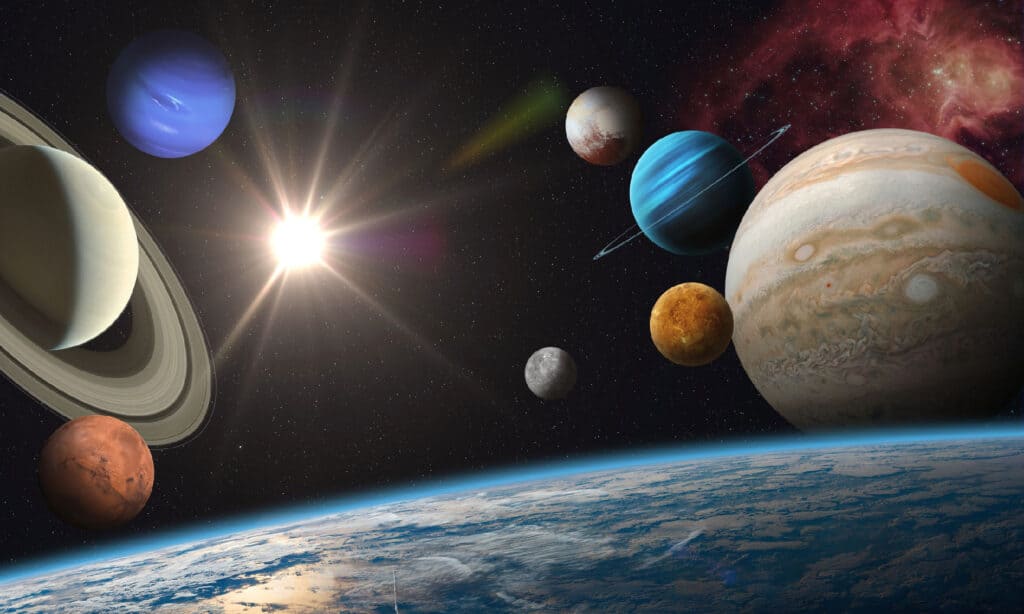What Is a Moon?
Moons, also called natural satellites, are celestial bodies that orbit around planets. Their appearance and characteristics vary depending on the planet they are orbiting. Generally speaking, moons are solid objects without atmospheres. They were likely formed from the gas and dust disks circling planets in the early solar system. Moons can come in all shapes and sizes: some have craters, while others appear smooth. Some may be small enough to fit in your hand, while others could stretch across countries. They range from rocky worlds like our moon to icy ones like Saturn’s Enceladus or Neptune’s Triton. Each moon has unique features!
In the Solar System, most of the moons are found orbiting giant planets such as Jupiter, Saturn, Uranus, and Neptune. These four outer solar system planets have dozens of moons in total, with more being discovered all the time. The rocky inner planets, such as Mercury and Venus, don’t have any moons. As we know, Earth has one moon. Recently, asteroids have also been found to possess their own companion moons. This demonstrates that not only large planetary bodies can capture smaller objects within their gravitational field!
Which Planet Has the Most Moons?

Jupiter is the largest planet in the solar system.
©joshimerbin/Shutterstock.com
The answer to the question “which planet has the most moons?” is Jupiter. This gas giant of our Solar System currently has 92 known natural satellites orbiting it. And as you may imagine, more will likely be discovered. In comparison, Earth only has one moon. Saturn – the second-largest planet in terms of diameter – trails behind with 62 known moons.
Jupiter has four large moons. They are named Io, Europa, Ganymede, and Callisto (known as Galilean Moons due to their discovery by Galileo Galilei). These moons are among the most compelling features for astronomers. These moons have a variety of landscapes. They range from volcanically active surfaces (Io), to icy plains crisscrossed by dark lines (Europa). Ganymede, on the other hand, has a heavily cratered terrain. And finally, Callisto has an ancient impact basin filled with bright patches.
A New Discovery
Scientists initially thought that Jupiter had 80 moons, but new research revealed that the gas giant has 92 natural satellites. This makes it the planet with the most known moons in our solar system. Astronomers identified the additional 12 moons with the help of telescopes. This occurred in Chili and Hawaii over the course of 2021 and 2022.
When the original observations were recorded, astronomers needed to track their orbits to determine if they were actually moons. It was no easy task. All 12 moons orbit around Jupiter from a great distance. The shortest journey takes 340 days, and the longest takes more than 550 days. To ensure they could be officially recognized, the team had to follow up with additional observations to confirm their hypothesis. After months of careful monitoring and calculation, their efforts paid off: the new moons orbiting Jupiter have now been confirmed!
About the New Moons
Humans recently discovered a collection of tiny moons orbiting Jupiter and Saturn. These moons are quite small, ranging from 0.6 to 2 miles in diameter. These moons are believed to be created through collisions between larger moons and other objects in space. Scientists anticipate the discovery of even more moons as they continue to explore these two planets.
The European Space Agency plans to launch a spacecraft to observe Jupiter’s icy moons within the next few years. This mission will also include exploring potential places for life. NASA is also targeting the liftoff of their Europa Clipper craft. This craft will circle Jupiter closely in order to study Europa (its moon) and determine whether it has conditions that could support life. Additionally, scientists hope they can obtain images of one of these outer moons up close soon to understand their origins better. This information could help us learn more about how planets form and give insight into possible alien worlds out there waiting to be discovered!
Gaining knowledge of the number of moons around Jupiter can help protect space vessels and enhance the possibility of forthcoming trips. By plotting out the entire Jovian satellite system and recognizing as many of the moons as possible, when there is a mission to Jupiter the next time, that mission can be planned to have close-by flybys (and hence awesome pictures) of as many of those minor moons as possible.
How Are Moons Formed?

The giant impact hypothesis suggests that moons are created when two objects collide, and the debris forms a large orbiting body.
©a.imagestock/Shutterstock.com
Humans have been able to determine that Earth’s Moon was likely born from a huge object, similar in size to Mars, that struck our planet billions of years ago. This collision released a great deal of material around Earth, which assembled to form our natural satellite over time. During the Apollo program, astronauts went to the moon and collected samples of lunar rocks to analyze their age.
Moons form from a variety of different processes. The most common is the giant impact hypothesis, which suggests that moons are created when two objects collide, and the debris forms a large orbiting body. This explains why Earth’s moon appears to be spherical. It was formed by such an event billions of years ago. However, other moons may have been formed through different processes, such as co-accretion or capture in orbit around their parent planet.
The two Martian moons, Phobos and Deimos, show signs of being non-spherical due to these alternative formation processes. They are much smaller than Earth’s Moon at only 6-12 miles wide and appear dark in color due to their composition. This indicates that they were not created by a collision but were likely captured by asteroids or comets trapped in Mars’ gravitational pull. As Phobos orbits closer and closer to Mars over time, it will either eventually crash into the planet or potentially break apart, creating a ring around Mars similar to Saturn’s rings.
Who Names Moons?
The process of naming moons has become more organized over the years. The International Astronomical Union (IAU) is responsible for assigning official names to newly discovered moons in our solar system, with certain criteria that must be met before a name can be approved. For example, when a new moon is found, it will first get assigned a number, like S/2009 S1, which was the first satellite discovered at Saturn in 2009. After being observed and studied further, if this new moon is deemed significant enough, it will receive an official name, usually from mythological characters from various cultures worldwide. However, Uranus’ moons have some exceptions as their names are derived from William Shakespeare’s plays or Alexander Pope’s poetry, such as Ophelia and Belinda, respectively.
Who Lives on Moons?

Further research into this area will help us determine if any moons contain
living organisms
outside of Earth.
©iStock.com/buradaki
The answer to whether or not there is life on any of the moons that we know about is still uncertain. While some scientists have speculated that microbial life forms may exist in subsurface oceans beneath the surface of icy moons such as Europa and Enceladus, conclusive evidence has yet to be found. Other researchers believe that many of our Solar System’s moons, including Earth’s Moon, are too cold and inhospitable for life to exist on their surfaces. However, recent discoveries involving tardigrades (tiny organisms known for surviving extreme environments) suggest that even these harsh conditions could potentially support some form of extraterrestrial life. Further research into this area will help us determine if any moons contain living organisms outside of Earth.
The photo featured at the top of this post is © joshimerbin/Shutterstock.com
Thank you for reading! Have some feedback for us? Contact the AZ Animals editorial team.






